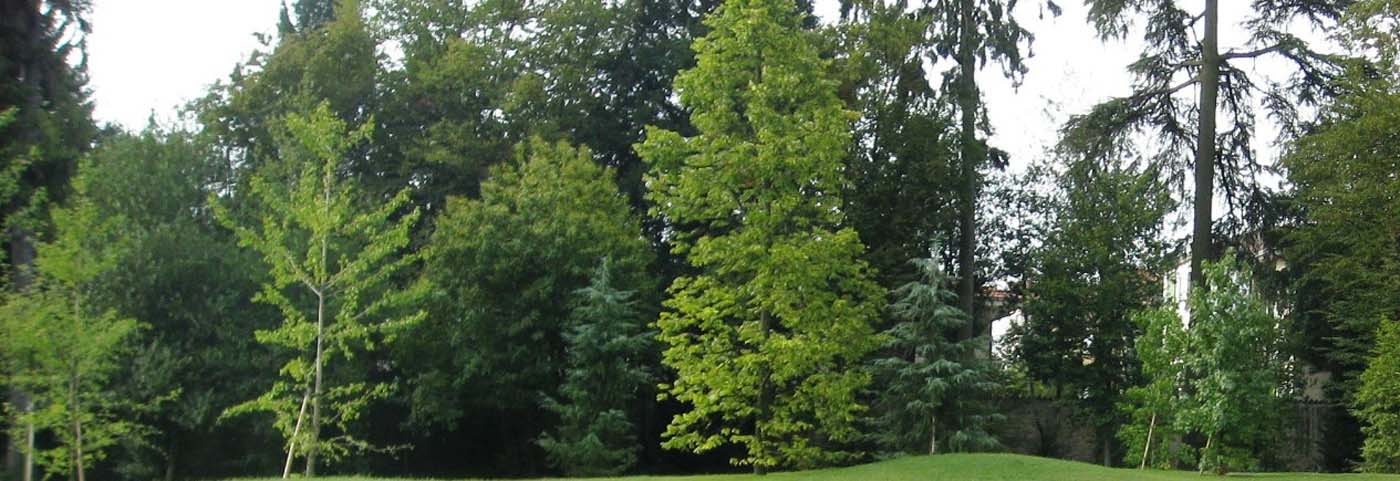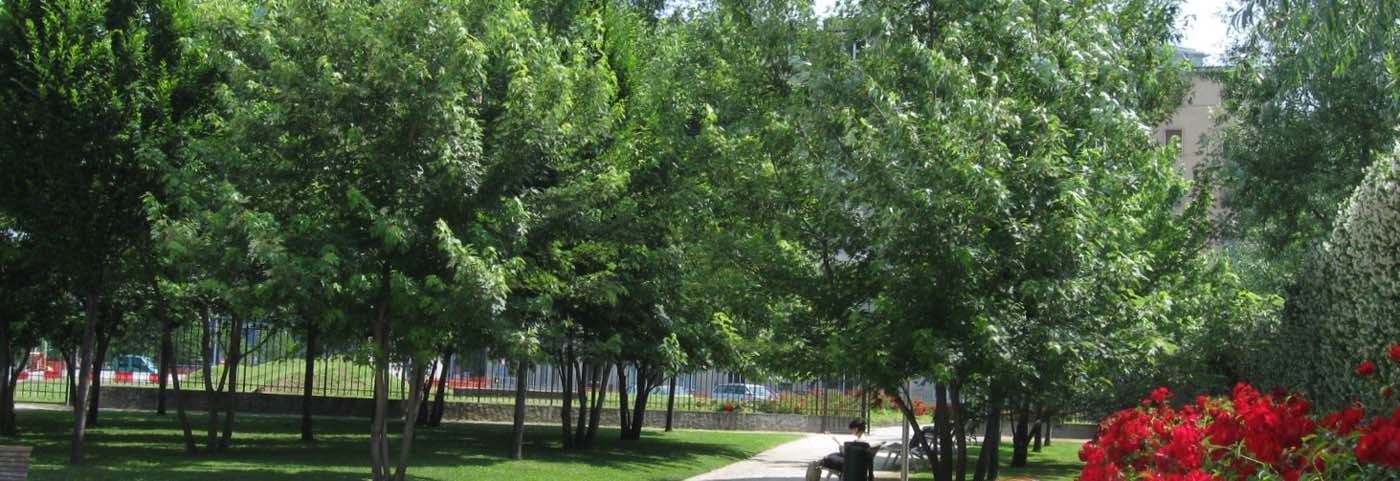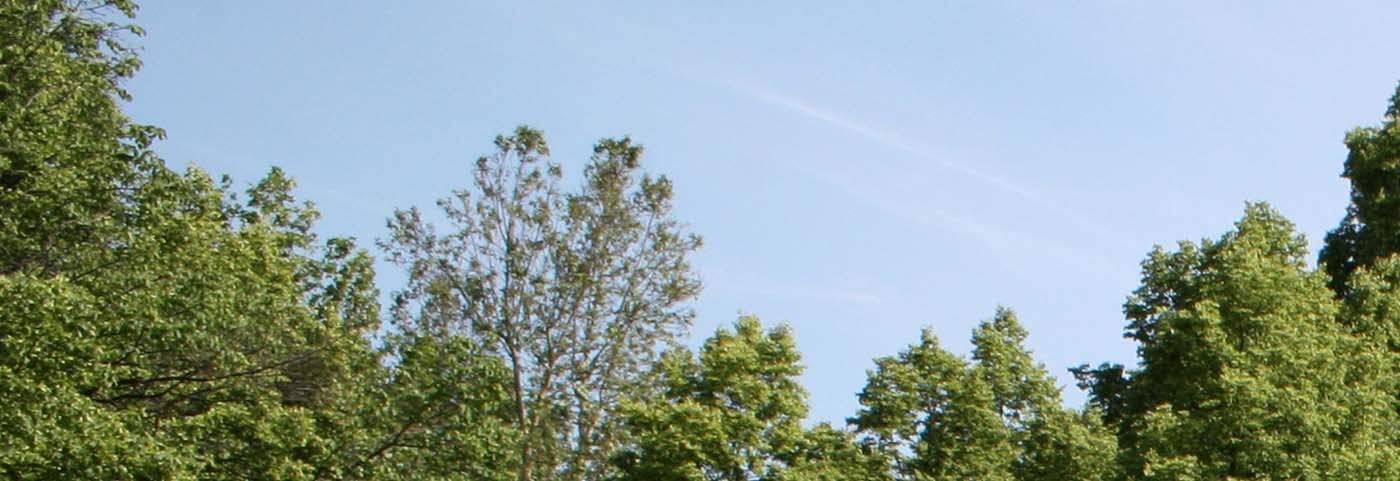FOREST TREES
When young they need special cares as, for instance, the aeration of the base by weeding and hoeing the ground around the collar and than forming a small circle serving to receive the irrigation water and to increase its absorption. In the summertime when the water lack balance is higher, it is advisable to effect numerous watering with enough water to comply with the plants’ physiological needs. Manure: in spring it is important to manure with ternary chemical compound made of N.P.K. with trace elements in the ratio of between 200 and 400 grams each tree; in autumn it will be suitable to use a ternary manure 12-12-12 to give to the solution flowing in the ground the best possible concentration of the nutritional elements both from a quality and quantity point of view. The chemical manure can be carried out up to four times per year.Treatments:
Springtime: prophylactic treatment with fungicide + insecticide mixed according to the quantities shown on the packaging from April through June. Treatments of diseases have to be carried out with specific products and under the agronomists phyto-sanitary control. To protect the whole trees heritage, specific treatments have been get ready with special nebuliser machines having high covering capacity and spreading out avant-garde chemical products against parasites and cryptogams or through endo-therapy procedures at the trunk or at the roots. Thanks to the proper choice of products said treatments can be both prophylactic and curative if made at the right moment and taking into consideration different reasons for possible growth of parasites. Treatments have to be carried out by skilled workers provided with special licence for the use according to rules and regulations in defence of public health in force. It is also suitable to take proper precautions against accidents to people, animals and things. Rearrangements pruning: not all trees need this treatment and, in any case, it is a special treatment the technology of which is varying according to different species. In any case it concerns, most of all, broad–leaf trees and it is suitable to give the plant a particular shape and to keep it, to limit the growth and to give the plant a youthful appearance by removing the old exhausted branches. One pruning to be made during winter time by skilled workers is enough.






